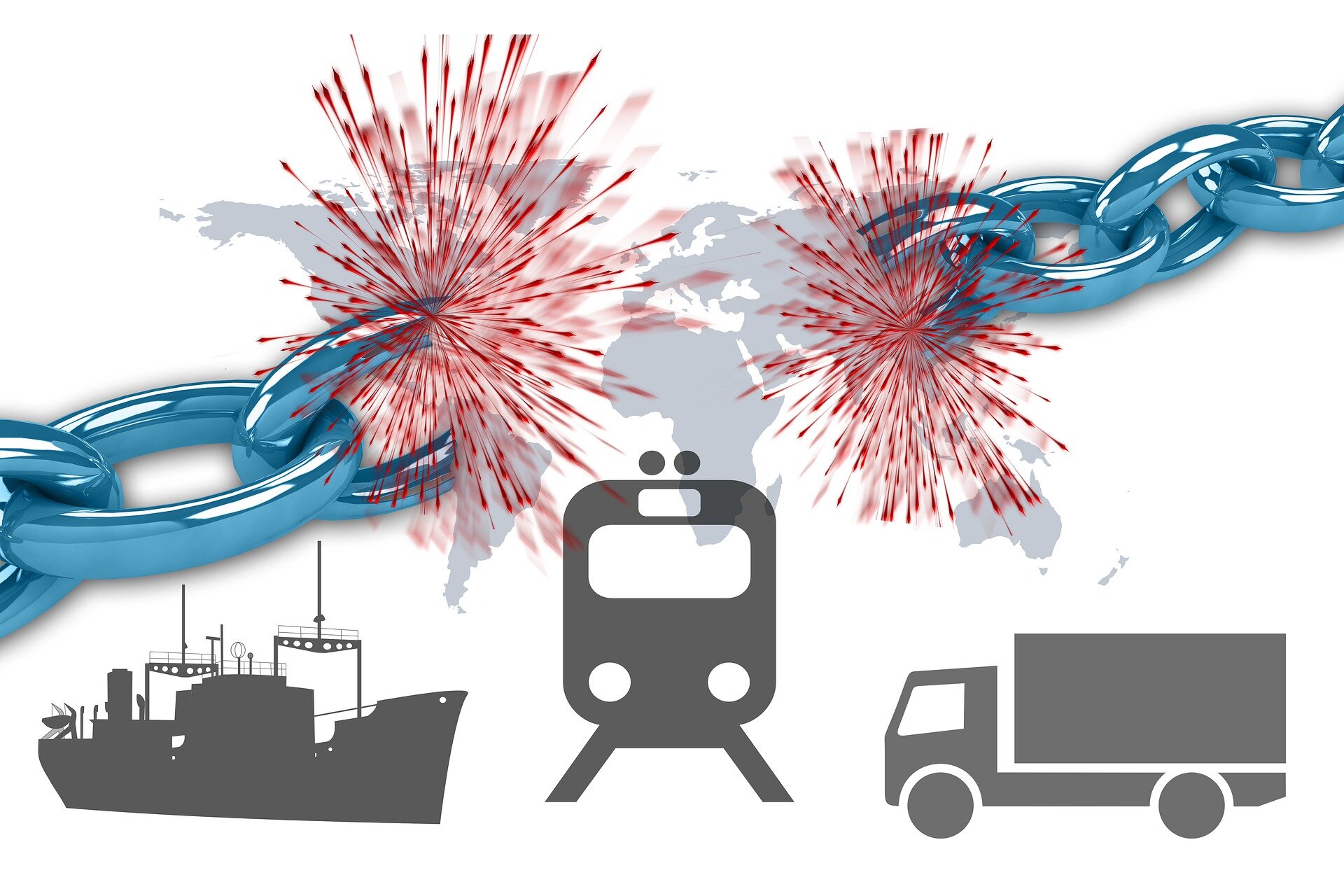Image by Gerd Altmann from Pixabay
As the pandemic began, toilet paper, alcohol, and cleaning supplies were hard to come by. The great toilet paper panic of 2020 was perhaps our first real indicator – at least for the average American – that the pandemic would upend the economy. As consumers stripped store shelves of this basic necessity, the fundamental law of supply and demand was playing out in textbook fashion. Consumer perception of scarcity caused panic in the market (at least for some segment of the population with a specific psychological profile), increasing demand and limiting supply of an essential good.
The mentality and motivation of those inclined to hoard paper products have been the subject of much speculation and study. Regardless of its cause, hoarding behavior at the beginning of the pandemic was an early sign of the shortages to come. Fast forward to 2021 when everything from chlorine to ketchup is in short supply. This time, it’s not the seemingly irrational behavior of certain individuals that is driving the shortages. Rather, it’s the supply chain itself.
Speculation about the causes of supply chain disruption range from poor planning and insufficient stockpiling of certain goods to weaknesses in the supply chain itself. Was it the failure of suppliers to plan for contingencies that led to temporary shortages in component parts (e.g., lumber, metal, microchips), or is the supply chain simply collapsing under the weight of its own inadequate infrastructure and unable to keep up with our insatiable demands?
Some say that shortages are the new normal while others confidently say that the global supply chain will be just fine. Either way, if you work in the law representing manufacturers, suppliers, distributors, or any other links in the supply chain, you will probably find yourself navigating rough terrain for a while. According the two sources cited here, you may wish to consider the following five legal tools to mitigate manufacturing risks (See the link below from Supply Chain Brain for discussion of these five tools.):
Tool No. 1: Thoughtful use of master supply agreements vs. terms and conditions.
Tool No. 2: Thorough delivery-delay provisions.
Tool No. 3: Strong defective product provisions.
Tool No. 4: Comprehensive product recall provisions
Tool No. 5: Use of strategies to mitigate international exposure.
Legal strategies to mitigate global supply chain risks by Michael Parrish, Refrigerated and Frozen Foods, April 28, 2017
Five legal tools to mitigate manufacturing risks by Kate Wegrzyn, Christopher Swift and Jenny Wang, Supply Chain Brain Contributors, March 16, 2020


